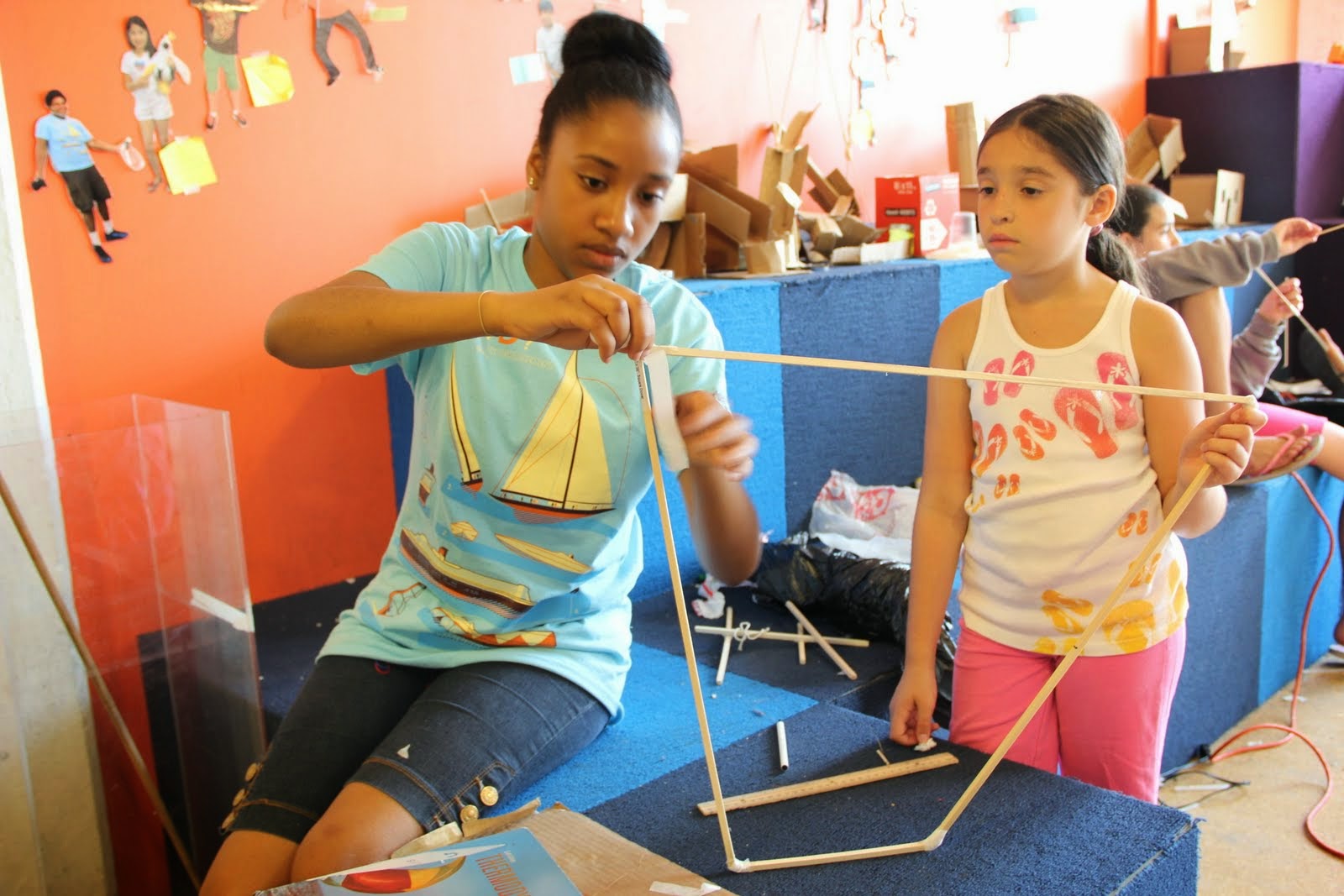As school closures impact students, we realize how important it is for them to have access to quality educational content while they learn from home. We also know that a combination of STEM (science, technology, engineering, and math) skills supported by “human skills” like teamwork, critical thinking, and collaboration are needed to be successful in the future workforce.

In fact, we designed Global Problem Solvers: The Series to help middle school students develop these skills. One of our signature corporate social responsibility initiatives, it is a free animated web series for exploring entrepreneurship, 21st century skills, and how to use technology for social good.
Cisco also provides grant funding to nonprofits that have developed effective solutions that use STEM education to inspire global problem-solving. Teachers and parents can use these solutions to keep students engaged and learning from home. And because Cisco has done thorough research to make sure these solutions are well developed and lead to positive outcomes – you can use them with confidence.
Here are a few examples of Cisco-supported nonprofits that encourage online STEM learning:
Science: Science Buddies

Science Buddies helps parents continue STEM learning at home with hundreds of fun videos and activities, from making a kite to learn more about aerodynamics or building your own suspension bridge, to learn more about civil engineering. They also have tips and advice for the best way to use Science Buddies for online learning.
Science Buddies wants to help parents keep kids entertained while continuing their education at home. They also just announced a new blog series, written by a parent, that will feature advice on doing science-related activities at home with their children.
For students from kindergarten to twelfth grade, you can browse science projects by subject or grade level. There are over 1,200 science projects in 32 different areas of science, from astronomy to zoology. To date, Science Buddies’ educational resources have reached over 18 million students in 147 countries.
Technology: Code.org

Code.org believes that learning computer science can change the world. Available to students from kindergarten through twelfth grade, their vision is that every student has the opportunity to learn computer science, just like biology, chemistry, or algebra. Available at no cost, students can continue to learn computer science at home in a fun and engaging way.
Code.org made a short, simple page of recommendations for educators and parents who want to give students a chance to learn computer science and coding while at home. Kids can try out fun computer science tutorials, watch videos about computer science concepts, and even build their own projects.
Code.org recently launched a live weekly webcast called Code Break. Their team will teach children at home while school is closed, and they will offer a weekly challenge to engage students of all abilities, even those without computers.
Engineering: Technovation Families

Technovation Families is a free, hands-on, artificial intelligence education competition that gives everyone the chance to learn, play, and create with AI.
They offer hands-on engineering projects that use common household materials that adults and children can create together at home. This solution does require some adult supervision – each project requires the participation of one-two adults over 18 and at least one child 8-15 years old.
Each lesson provides different concepts and activities that lead to the creation of a final project: an invention that solves a problem in their community using AI. Eighty percent of students who use Technovation say they are more confident in their ability to solve problems. Learn more about Technovation Families and how they help families and students explore AI together.
Math: MIND Research Institute

MIND Research Institute’s mission is to ensure that all students are mathematically equipped to solve the world’s most challenging problems. Parents are now leading their children’s learning at home, and want that learning to be meaningful.
MIND Research is supporting parents’ efforts by providing no-cost access to its flagship program, ST Math, through June 30th. ST Math is an award-winning visual instructional program that leverages the brain’s innate spatial-temporal reasoning ability to solve mathematical problems. Developed for elementary and middle school students, ST Math includes more than 35,000 puzzles, with interactive representations of math topics that align to all state standards. With visual learning, there are no language barriers, so the program is accessible to all students, regardless of skill level or language background.
MIND Research Institute is also providing additional resources to parents, like mathematical activities they can do with their children at home. Please visit ST Math to learn more.



CONNECT WITH US